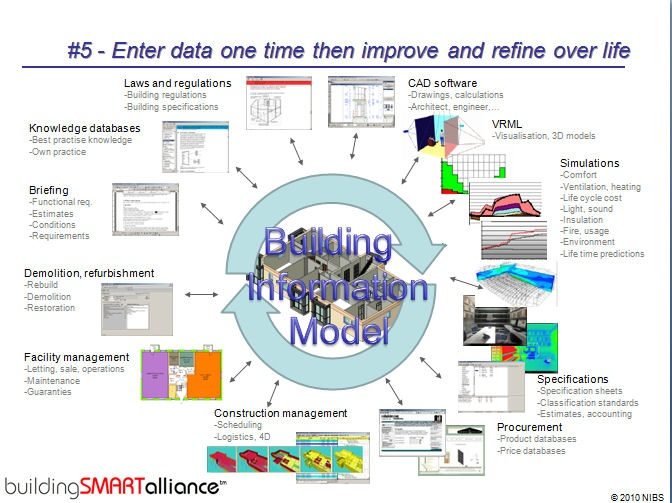Innovation Through Collaboration
To educate and facilitate the adoption by members of the AECO industry of new and emerging technologies and promote an improved information exchange process among its various sectors through the implementation of advanced construction information modeling (ACIM) including BIM, Digital Twins, AI, Virtual Design and Construction (VDC), and Information Technology in the digitization and delivery of construction projects.
CACIM’s Impact
Leadership in Education
As a leading research and education hub, the CACIM faculty and staff through its teaching and outreach endeavors equips students and industry professionals with the knowledge and skills to adopt new technologies and improve information exchange.
Industry Transformation
CACIM champions innovation in the AECO industry through partnerships with professional associations, contractors, designers, and builders. CACIM helps companies leverage advanced construction information modeling technologies including BIM, VDC, VR/AR/XR, Digital Twins, and AI in the delivery of construction projects. Workforce Development
Workforce Development
CACIM has helped train over 500 students and industry professionals over the past decade through cutting-edge research and educational offerings in advanced construction information modeling technologies Collaboration.
Collaboration
CACIM serves as a collaborative resource partner, working cooperatively with other research centers and industry partners to provide solutions to real-world problems and foster innovation.in construction information technologies.
